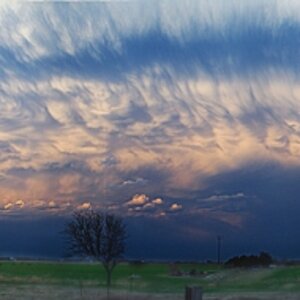lisameowrie
TPF Noob!
- Joined
- Feb 19, 2015
- Messages
- 94
- Reaction score
- 13
Currently I have two kit lenses that I am finding out are probably not that great and wondering if I should sell them for prime lenses. Could I even get the money back I spent on them? I am shooting pets and would want a variety of shots (different distances and such) which is why I went with these two off the bat.
18-55 f3.5-5.6
55-300 f4.5-5.6
I also have a 10-24 3.5-4.5 wide angle that I plan on keeping.
What I am considering are:
35 f1.8
50 f1.4
85 f1.8
I want a great DOF, bokeh effect... I want my photos to be super sharp and dramatic looking.
Any thoughts?
I just love the range kit lenses offer... :/
18-55 f3.5-5.6
55-300 f4.5-5.6
I also have a 10-24 3.5-4.5 wide angle that I plan on keeping.
What I am considering are:
35 f1.8
50 f1.4
85 f1.8
I want a great DOF, bokeh effect... I want my photos to be super sharp and dramatic looking.
Any thoughts?
I just love the range kit lenses offer... :/


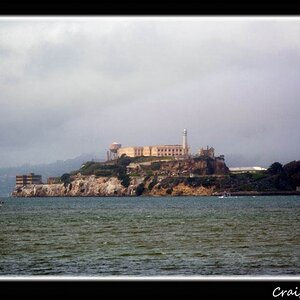
![[No title]](/data/xfmg/thumbnail/34/34064-66d345cd6eebe4b9f97597e03008d3b7.jpg?1619736260)
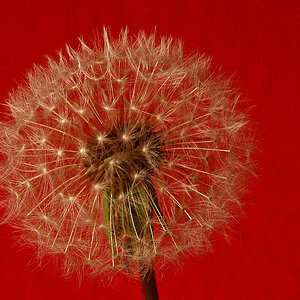
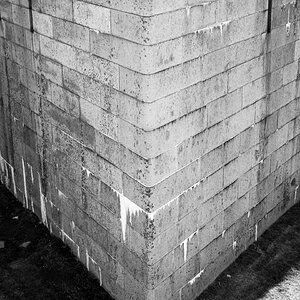
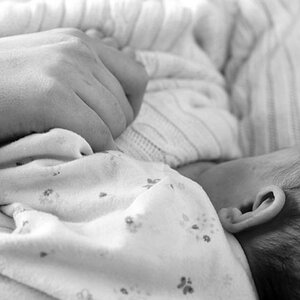
![[No title]](/data/xfmg/thumbnail/34/34062-c0c9c0a752bc1af58237eff1ec850163.jpg?1619736259)
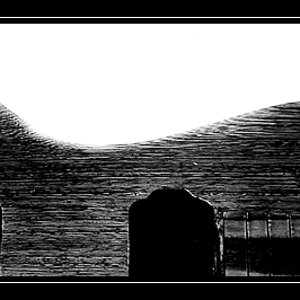
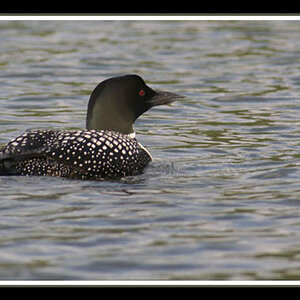

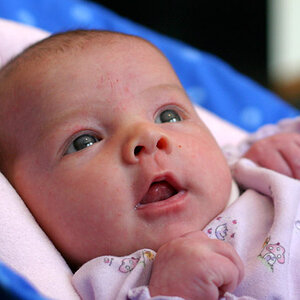
![[No title]](/data/xfmg/thumbnail/37/37104-99933b18ee16678a8299f12747336d48.jpg?1619737882)
